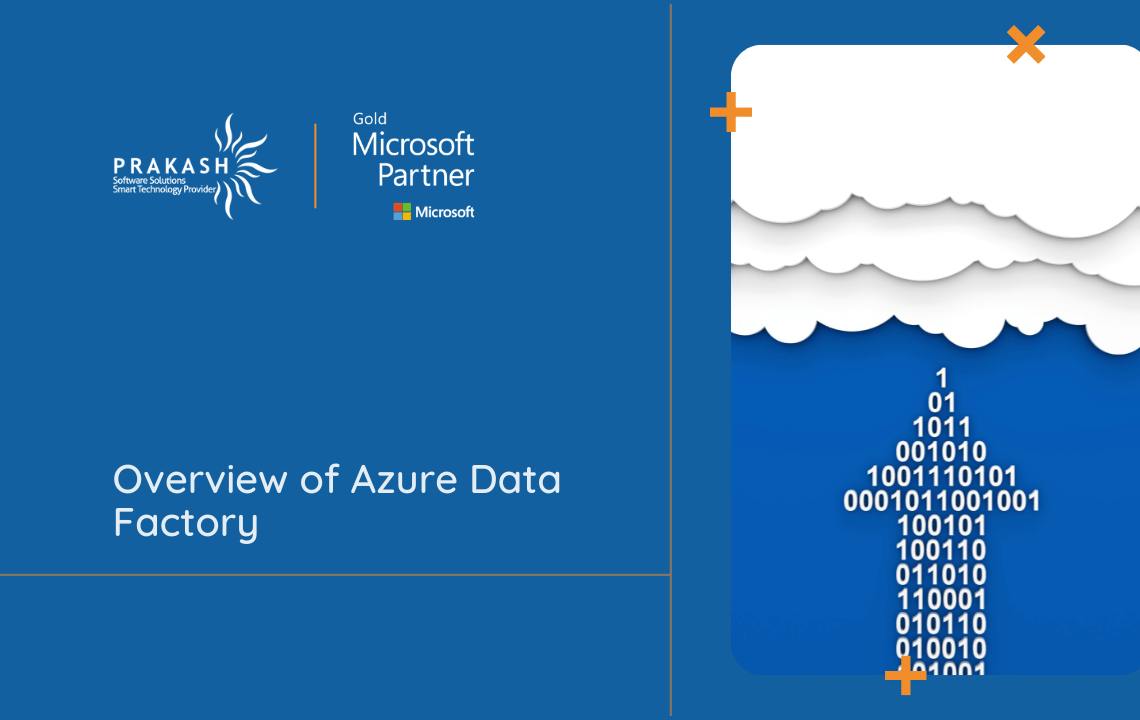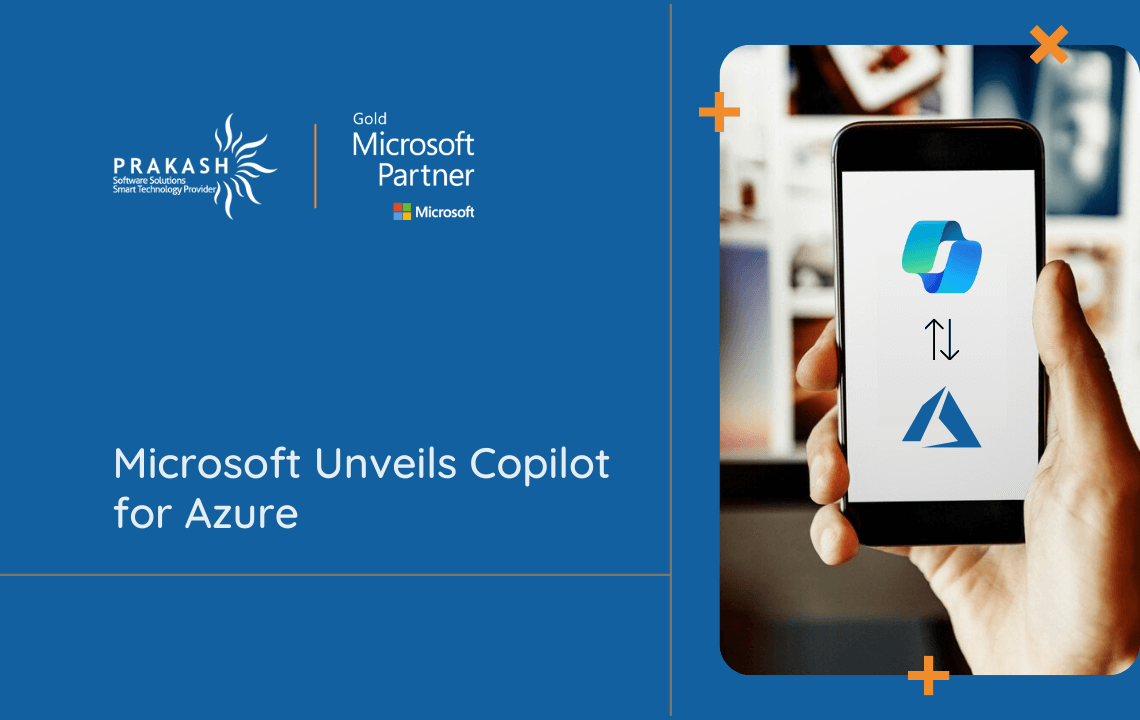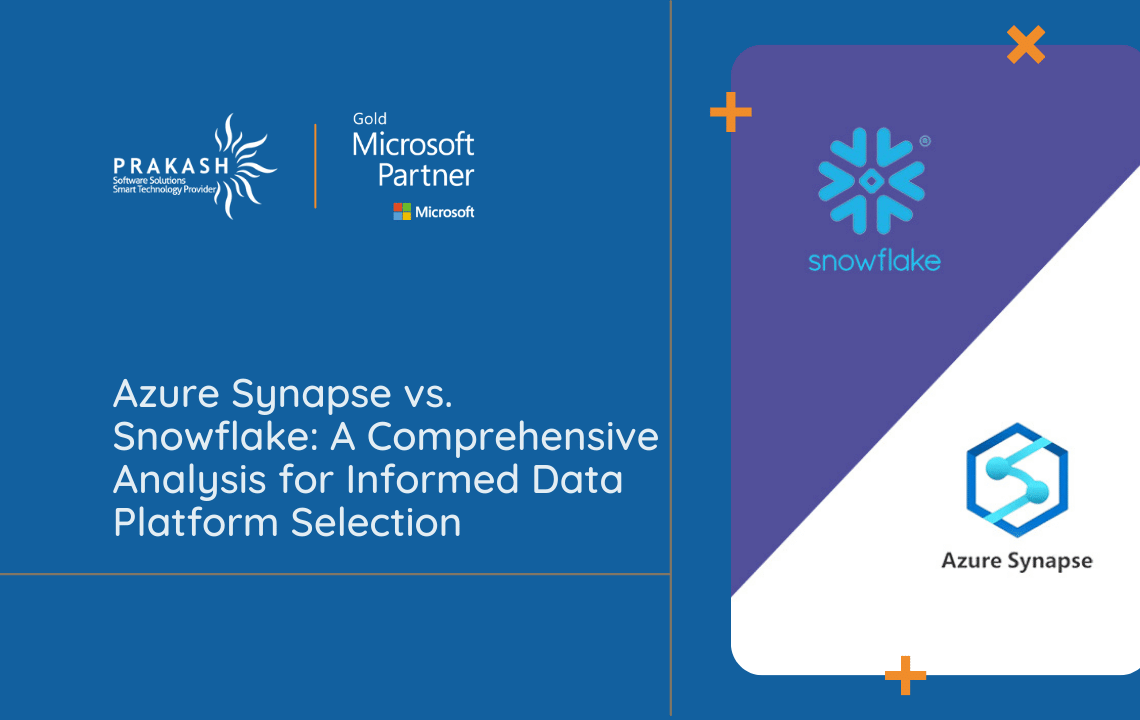
Overview of Azure Data Factory
Data
Data is required to comprehend previous events, forecast potential future outcomes, identify patterns and anomalies, and get the understanding required to make quicker and better decisions. However, you must first gather, store, transform, integrate, and prepare your data before you can accomplish any of those things.
Azure Data Factory: What is it?
Let’s quickly review Azure Data Factory’s past before examining what it is now.
Azure Data Factory- V1
On October 28, 2014, Data Factory in Azure entered public preview. On August 6, 2015, it was made generally available. It was a rather restricted tool for processing time-sliced data back then. It excelled at that aspect, but it was unable to match the sophisticated and feature-rich SQL Server Integration Services (SSIS).
The graphical view was improved in the early days of ADF, but there was still a lot of JSON manipulation required when developing solutions in Visual Studio and even though the diagram display was improved, there was a great deal of JSON manipulation required. Just a few years ago, the world was totally different.
On September 25, 2017, ADF v2 entered public preview. Because it had so many brand-new features and functionalities, it was referred to as the “v2” version. Your current SQL Server Integration Services (SSIS) solutions could now be lifted and moved to Azure.
But more crucially, you could now run pipelines on a wall-clock schedule in addition to regular intervals, perform incredible things like looping and branching, and more. WHOA!
Although we may now laugh about it, at the time it was a major statement. When the new visual tools were made available in public preview on ADF v2, became much better on January 16th, 2018, YES TO DRAG AND DROP! On June 27th, 2018, all of these brand-new, gleaming features went generally available.
ADF v2 is the same as ADF:
Because of this, I now refer to “Azure Data Factory” as “Azure Data Factory v2” and omit the “v2” from the name. Most of the time, I act as though ADF v1 doesn’t exist.
Azure Data Factory: What is it?
You can quickly and easily build automated data pipelines with ADF, a hybrid data integration service, without writing any code! Wow, that was brief and to the point. Perhaps skipping the history lecture was a better idea. However, I was having too much fun browsing the past.
What functions does Azure Data Factory offer?
Azure Data Factory offers a wide range of capabilities. I like to break it down into just two key duties. Data can be copied as well as changed. Both activities are automatable and programmable.
Data Copy / Movement:
Data Factory in Azure, copying (or ingesting) data is the primary responsibility. More than 90 Software-as-a-Service (SaaS) apps, including Dynamics 365 and Salesforce, on-premises data stores, such SQL Server and Oracle, and cloud data stores all support data copying (such as Azure SQL Database and Amazon S3). You can zip and unzip files, map columns implicitly and explicitly, and convert file formats all in one process while copying.
Change / Transforming the data
You can change data in addition to copying it. Before, only external services like Azure HDInsight or SQL Server Stored Procedures could be used to accomplish this. However, in 2019, ADF brought the data integration tale to a close by introducing new Data Flows are tools for transforming data. Data Factory in Azure is now a complete ETL and data integration tool because it allows you to copy and convert data in the same user interface.
Summary
We examined Azure Data Factory’s definition and use cases in our introduction to the platform. After exploring its past to discover how it changed and advanced from version 1 to version 2, we focused on its two primary functions: copying and modifying data.
At Prakash Software Solutions, we help you hire top Azure Data Factory developers from a planetary pool of highly skilled developers. Get in touch with us right away for your upcoming projects.



